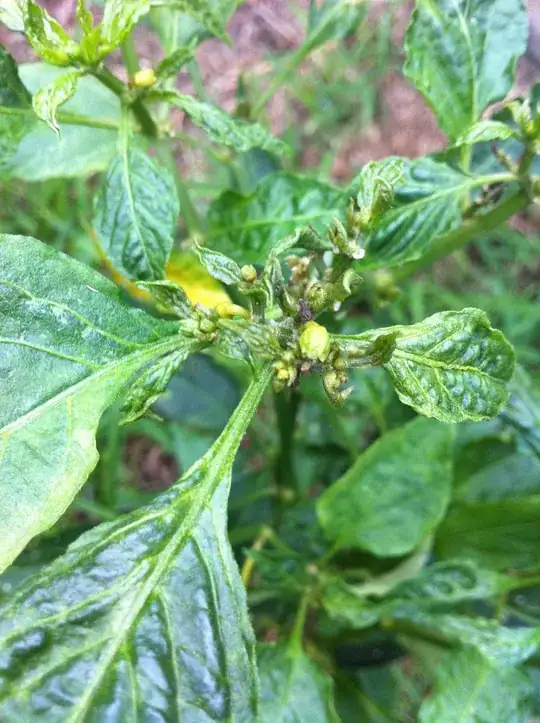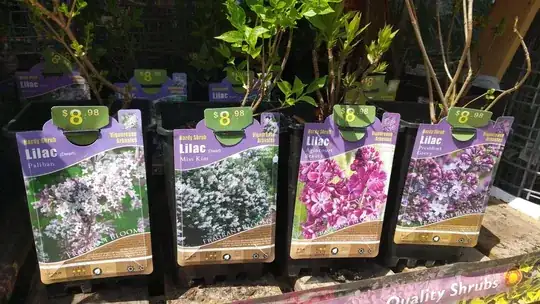Lilacs have been a traditional plant in rural gardens and at least in Germany where I live, probably every farmer‘s wife had some in a sunny spot. Syringa vulgaris is so robust, it can even be found naturalized at the place of former human settlements and according to Wikipedia
[...] it has been selected as the state flower of the state of New Hampshire, because it "is symbolic of that hardy character of the men and women of the Granite State".
My first mental image when thinking of lilac are huge bushes like this old group in my neighbors’ yard:

(For scale: note the greenhouse and the Piaggio Ape.)
But like with probably all “common” plants, breeders have busily developed hybrids in all sizes (some as little as five feet) and of course with blooms in all colors from white to dark purple, singles or with double flowers. So read the label or even better, talk to your local gardener.
For soil, lilac prefers nutrient-rich soil and is not exactly a fan of “wet feet”, on the other hand, a well-established plant will even cope with hot and dry summers without extra watering. And naturalized plants get no extra care whatsoever. Note that the “dwarf types” and some extra-fancy hybrids can be a bit pickier and may dislike acidic soil.
Unless you have your mind set on a specific breed (I wanted a Mme. Lemoine), many gardeners will be happy to share an offspring of theirs: Look for new shots somewhere in the root area of the parent plant. You can dig them up and take it to the new place. That way, you will know what to expect, both size-wise and for flowers. Lilac doesn’t mind pruning, so you can keep it in check to a degree. (Within reason, of course.)
And for your bee allergy:
Good news. While some books claim bees will visit lilac, many beekeepers report that their bees won’t visit it. This fits with my observation. So unless the bees have no alternative, you should be pretty safe. Note that during the bloom phase of lilac, other (preferred) flowers are typically in abundance.

